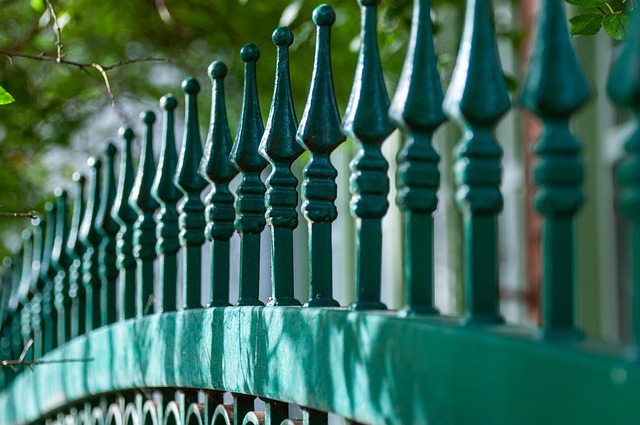Coastal areas present unique challenges for fencing due to harsh weather conditions, saltwater exposure, and frequent moisture. Traditional fencing materials often fail in these environments, leading to costly replacements. Durable wooden fencing offers an appealing alternative, blending aesthetics with longevity. This article explores the benefits of this robust material, guides you through selecting the ideal wood species, and provides installation and maintenance tips to ensure your coastal fence stands the test of time.
- Understanding Coastal Fencing Challenges
- Benefits of Durable Wooden Fencing
- Choosing the Right Wood Species
- Installation and Maintenance Tips
Understanding Coastal Fencing Challenges
Coastal areas present unique challenges when it comes to fencing due to their harsh environments. Saltwater, strong winds, and constant exposure to varying weather conditions can take a toll on traditional fencing materials. Wood, known for its natural beauty, has long been a popular choice for fencing but often falls short in these settings. The primary concern is the material’s durability; wooden fences must withstand not only regular storms but also extreme conditions like high salt content in air and water, which can accelerate wood rot and decay.
Additionally, the landscape along coasts is often uneven and may include soft soil or sandy beaches, making fence installation more complex. Proper drainage is another critical factor to consider to prevent water accumulation behind fences, which can lead to structural damage over time. Therefore, for coastal areas, durable wooden fencing requires specific treatments, designs, and installations techniques to ensure longevity and resilience against these unique environmental challenges.
Benefits of Durable Wooden Fencing
Durable wooden fencing offers a range of benefits for coastal areas. Firstly, it provides natural protection against harsh weather conditions, such as strong winds and salty air, which can degrade traditional materials. The right types of wood, treated appropriately, can withstand these challenges, ensuring the fence remains structural sound and aesthetically pleasing for years to come.
Additionally, wooden fencing contributes to a harmonious coastal landscape. Its organic appearance blends beautifully with surrounding natural environments, enhancing the overall curb appeal of residential or commercial properties. Moreover, compared to other materials, wood is often more cost-effective and environmentally friendly, making it a sustainable choice for those seeking long-lasting solutions that benefit both their homes and the planet.
Choosing the Right Wood Species
When selecting wood for coastal fencing, understanding the local climate and choosing the right species is essential. Saltwater and moist air can accelerate wood decay, so look for varieties naturally resistant to moisture and insects. Redwood, cedar, and some types of treated pine are popular choices due to their durability and natural protection against rot and pests.
Considered durable options, these woods have a longer lifespan in coastal environments. Additionally, checking for certifications ensuring the wood is responsibly sourced can contribute to the overall longevity and environmental sustainability of your fencing project.
Installation and Maintenance Tips
When installing wooden fencing in coastal areas, it’s crucial to prepare the ground properly by ensuring a sturdy base. This involves clearing the site, compacting the soil, and potentially adding a layer of drainage material to prevent water accumulation around the posts. Use high-quality concrete for setting the fence posts to enhance stability against strong winds and salty air. Regular maintenance is key to prolonging the life of your durable wooden fence. This includes annual cleaning with a soft brush and mild detergent to remove salt buildup, as well as reapplying protective coatings or stains every few years to shield the wood from moisture damage.
Inspect your fence regularly for signs of rot, insect infestation, or loose connections, addressing issues promptly. Consider using marine-grade hardware and treated lumber to further enhance resistance against coastal elements. Regular trimming and pruning also help maintain the aesthetic appeal of the fence while ensuring it doesn’t obstruct views or cause trip hazards.
